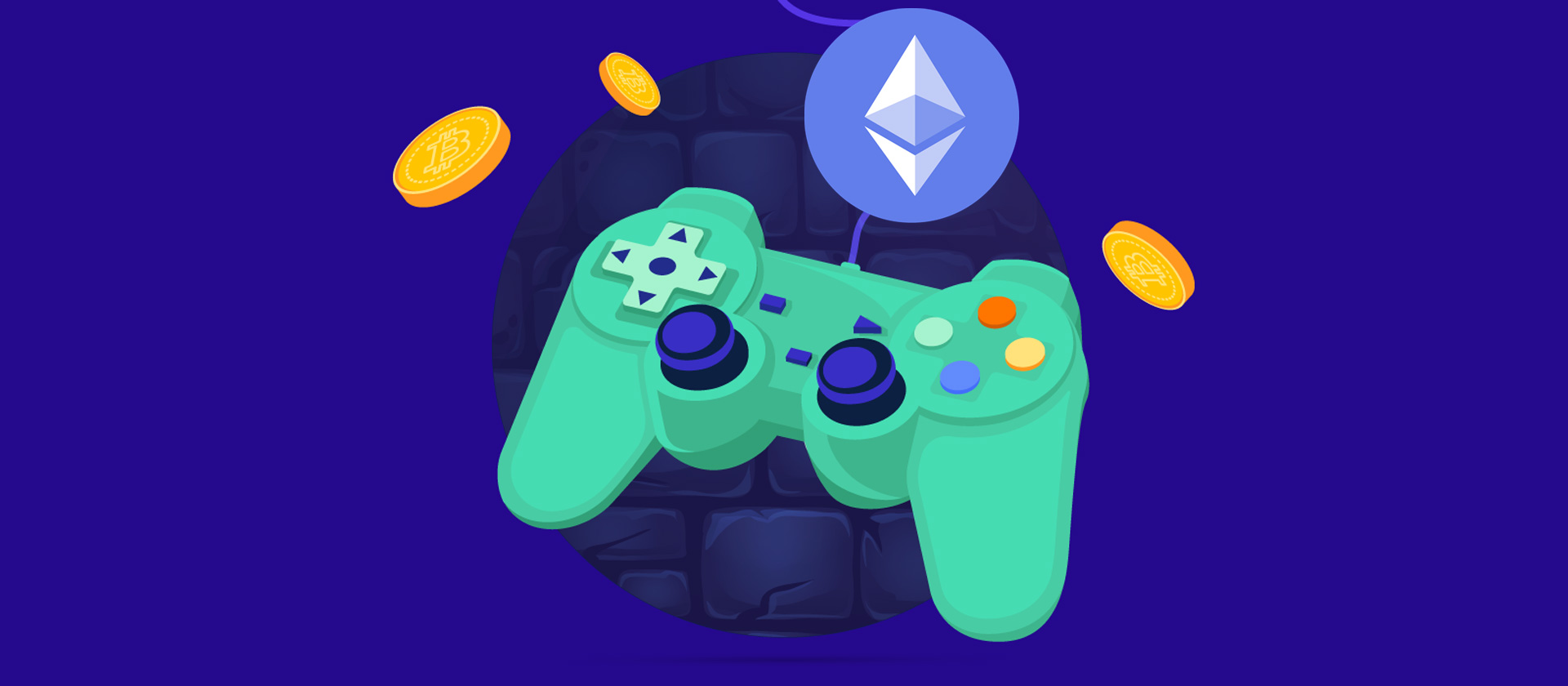There was a massive collapses in activity on Ethereum GameFi. The past year has been particularly interesting for the game-funding sector, and while the cryptocurrency market as a whole has been sluggish, several other subsets in the crypto market have taken damage. NFTs, DeFi, and GameFi have all felt the strain.
While NFTs like blue chips have remained stable, middle to small projects have suffered a decline, and while DeFi is by no means dead, the Terra Luna devastation will most certainly have long-term repercussions inside the sector. As a result, we’re left with GameFi, which has reportedly seen a significant drop in active users and appears to have longevity issues among an often opinionated audience.
Do you know China will distribute $4.5 million worth of digital yuan?

What does Ethereum GameFi’s decline mean?
In the initial two quarters of the year, Arcane Research claims that blockchain-based games have endured a reality check following a spectacular Q4 2021. According to the screenshot below, active users in top Ethereum-based blockchain games, such as Axie Infinity, The Sandbox, Decentraland, and others have dropped by nearly 96% from November 2021 highs.
Finding a perfect example of the current status of the GameFi market might be difficult than examining the present state of Axie Infinity, which was once a pioneering Play-to-Earn game in the market that has now seen its in-game currency, Smooth Love Potion (SLP) vanish this year.
The Arcane team came to the following two conclusions: first, that a slower momentum in the metaverse and NFTs has played a role in the decrease in audience numbers; however, that declining financial rewards have also had an impact.
There are still opportunities in the gaming and crypto market
A good and timely example may be found in a study we released earlier this month, which looked at a small survey conducted by major esports organization NRG Esports. The following were the main takeaways: gamers have shied away from NFTs due to rugpulling, shilling, and other generally negative behavior.
Despite the fact that there are still difficulties with regards to a simple onboarding procedure, the NFT ecosystem as a whole still has a long way to go in terms of smoothness. However, according to NRG’s study, most gamers believe play-to-earn structures will have a beneficial influence on the gaming environment at large.
Regardless of how indifferent game creators are to the problem, the audience is unquestionably there. Suppliers will eventually give it if the market necessitates it; but until a major P2E competitor appears on the market that threatens conventional publishers and developers, it could be a slow burn. Of course, developing a video game necessitates blood, sweat, and hours of effort.
Despite the fact that not every “xyz-to-earn” model will survive, there are still several causes to be hopeful about play-to-earn in the long run.
The close connections among in-game incentives across many of the most popular games on the market today is one of the key reasons why blockchain-based gaming has emerged as such a competitive field.





